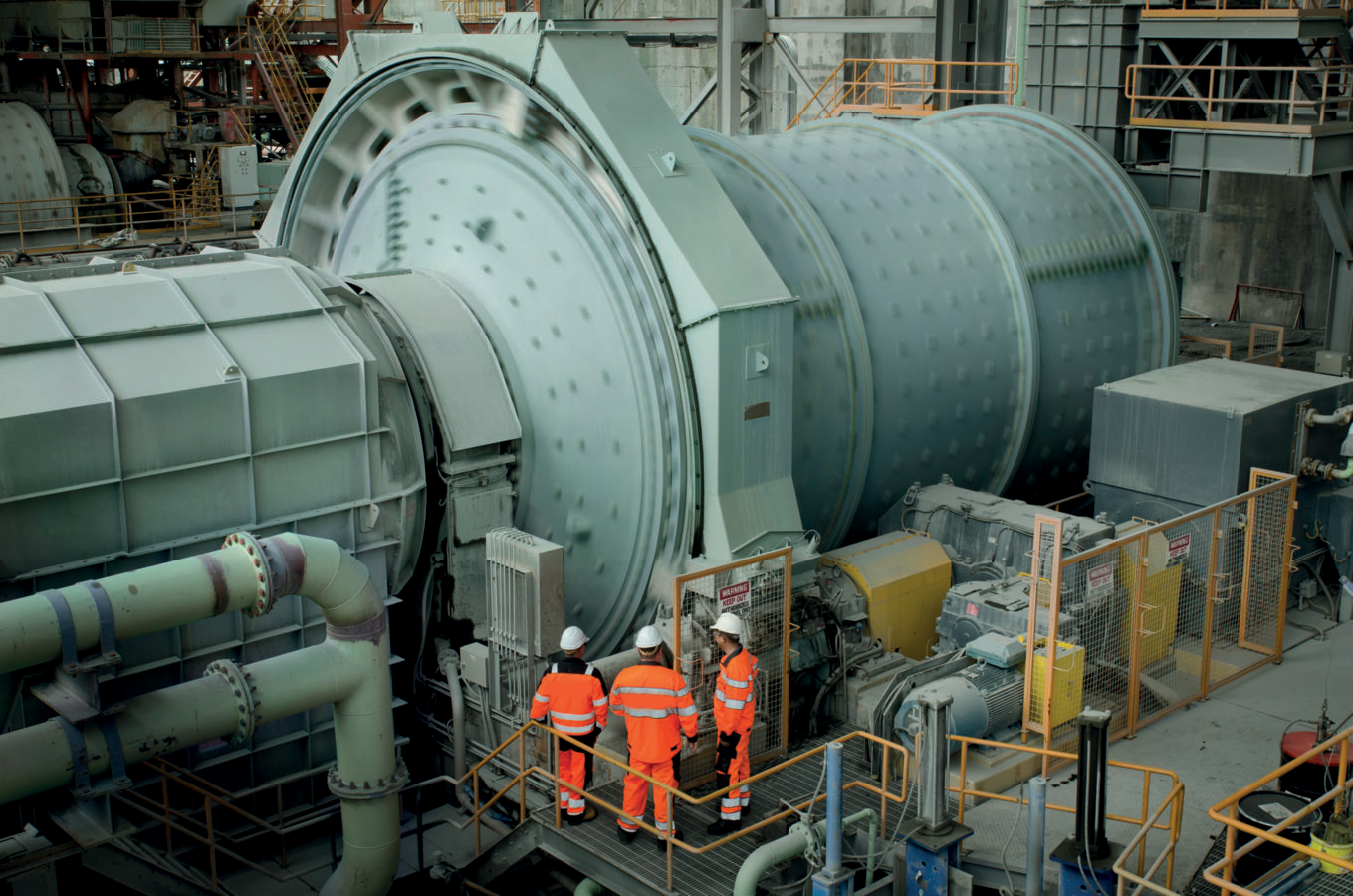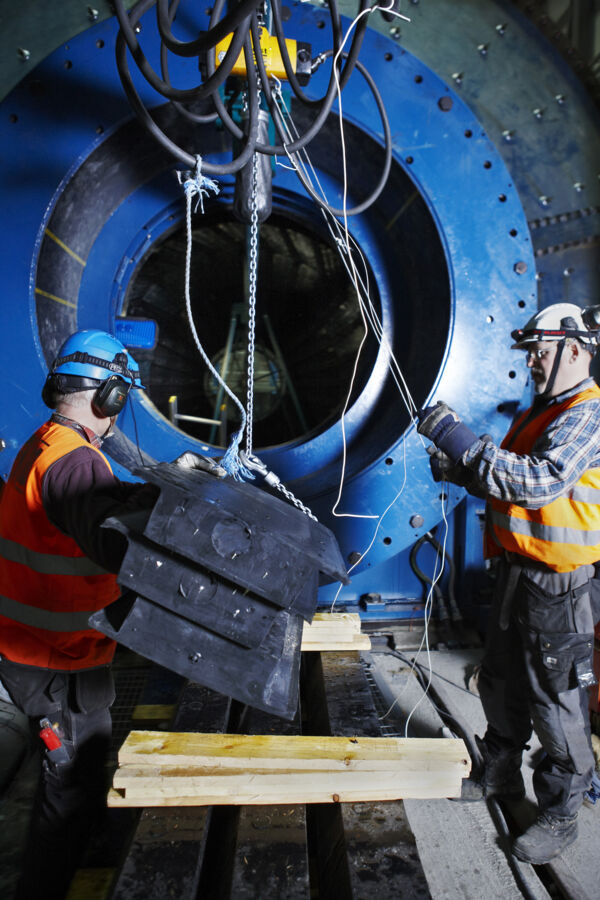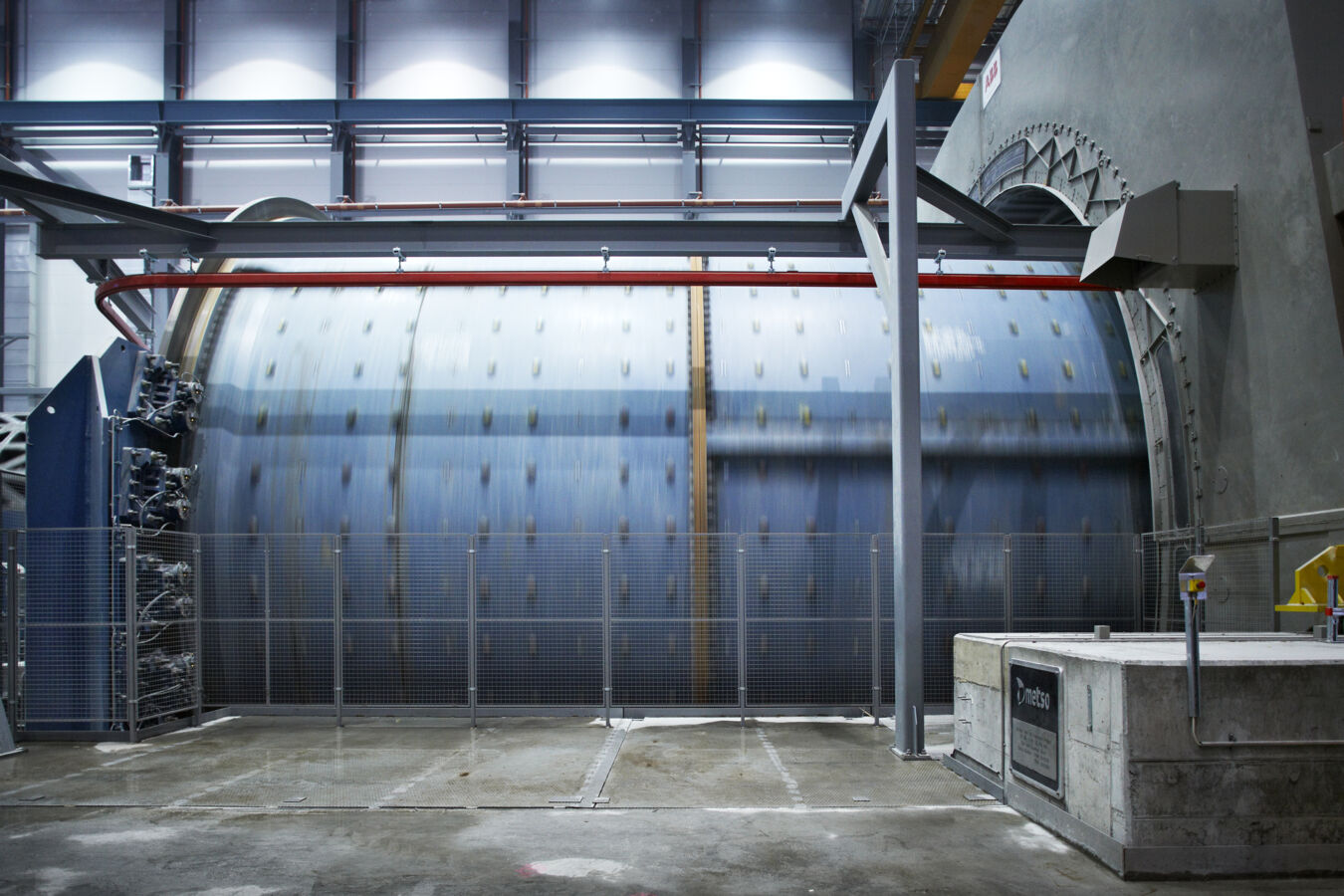As the need for mining and aggregates products continues to grow, plant operators, equipment manufacturers, vendors and customers alike are taking greater interest in how products and materials are sourced, produced and operated and choosing sustainable options wherever possible. With this in mind, operators must consider environmental, social and governance (ESG) targets as an indispensable part of any process improvement plan.
Resource efficiency, CO2 emissions reduction, machine availability, performance, safe operations and accountable sampling present opportunities for operators to enhance plant processes that reflect ESG goals. Across the mining and aggregates processing lifecycle, the comminution process — where large rocks are turned into small rocks — is the most energy-intensive part of traditional concentrator plants. So how can plant operators use ESG targets to enhance operations? Here are a few options to consider.
Asset health monitoring and liner optimization
Professional consultation, process automation and digital solutions can serve as important elements in optimizing minerals processing circuits for sustainability. Whether focused on a single piece of equipment or a complete processing circuit, technical expertise and digital capabilities can be applied in-person or remotely to monitor and support operations through the entire plant lifecycle. Monitoring solutions are scalable, from a single circuit to a mine-to-market review, giving greater impact to optimization efforts.
As an example, when remote monitoring captured a potential mill failure on site in Asia, data exposed abnormal issues in the mill drive train. By detecting the issue early, plant personnel were able to schedule a stoppage to prevent damage to the pinion and other major components, resulting in considerable maintenance cost savings and the CO2 emissions required to manufacture and transport new component parts.
Wear parts also offer ESG opportunities. Liner performance and wear monitoring can extend liner lifecycles and improve throughput and uptime. For example, if liners can be optimized to last longer, a mining operation may only end up using two sets of liner in a given year instead of three, resulting in less waste. In addition, recyclable mill liner materials may allow rubber and steel elements of worn liners to be removed and reused or recycled as raw material for new liners and prevent disposal in landfills.




